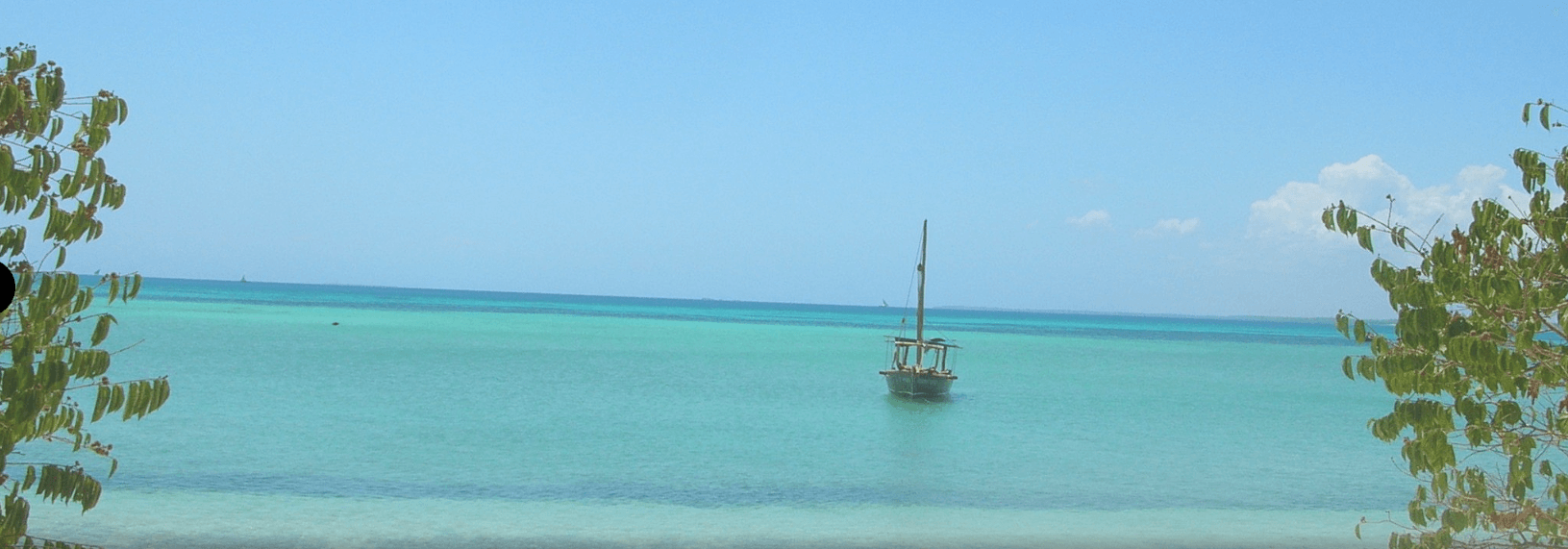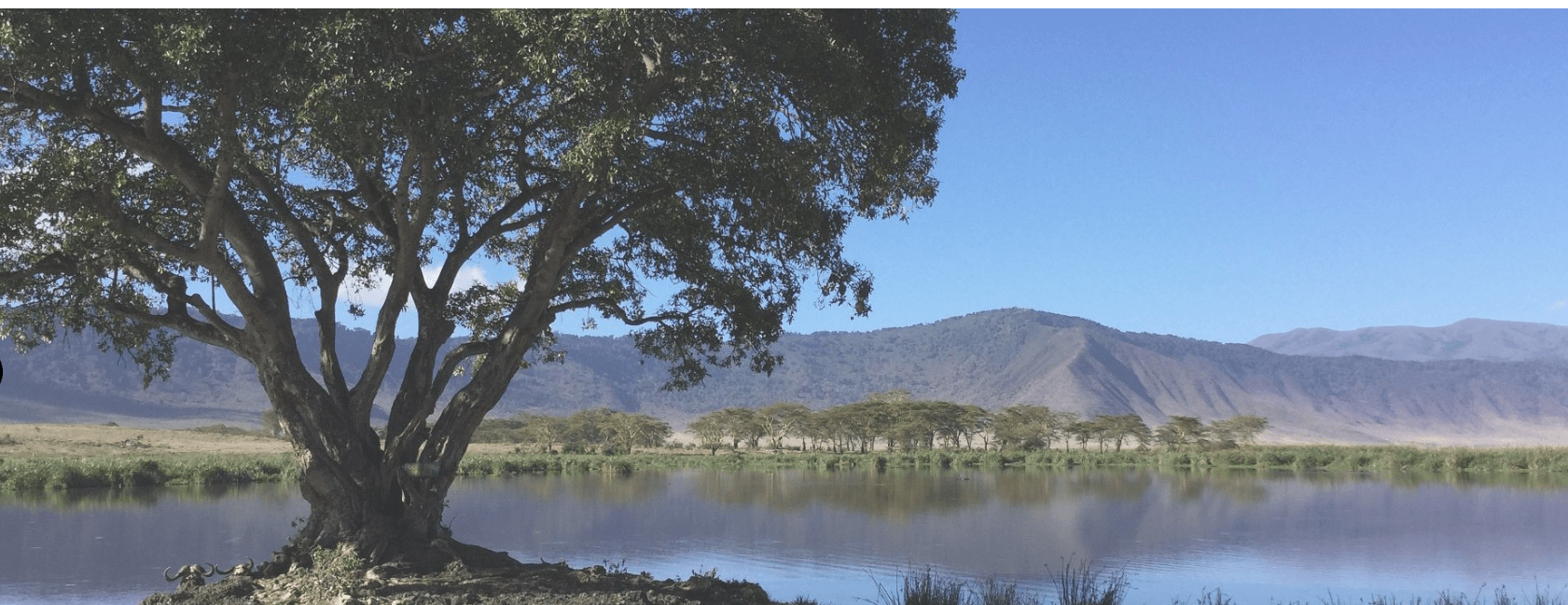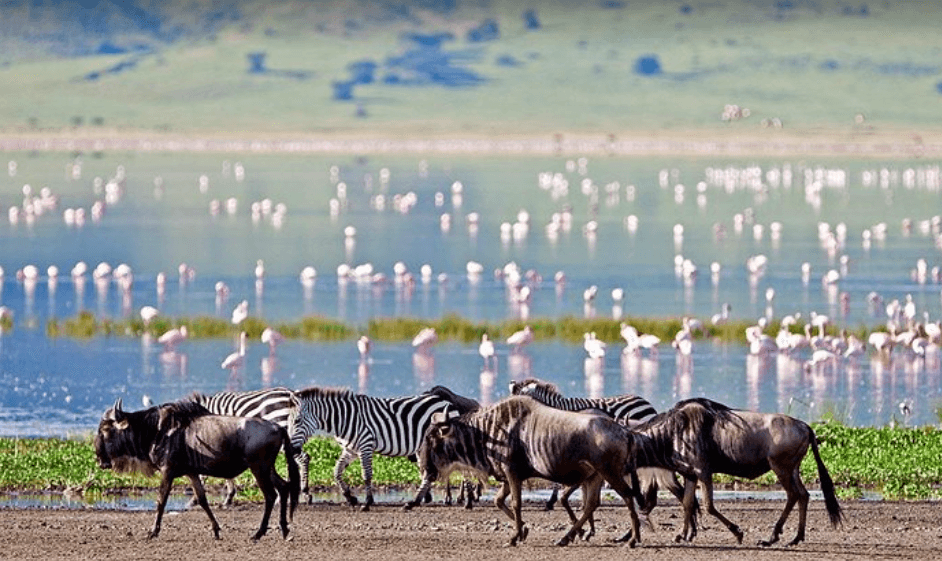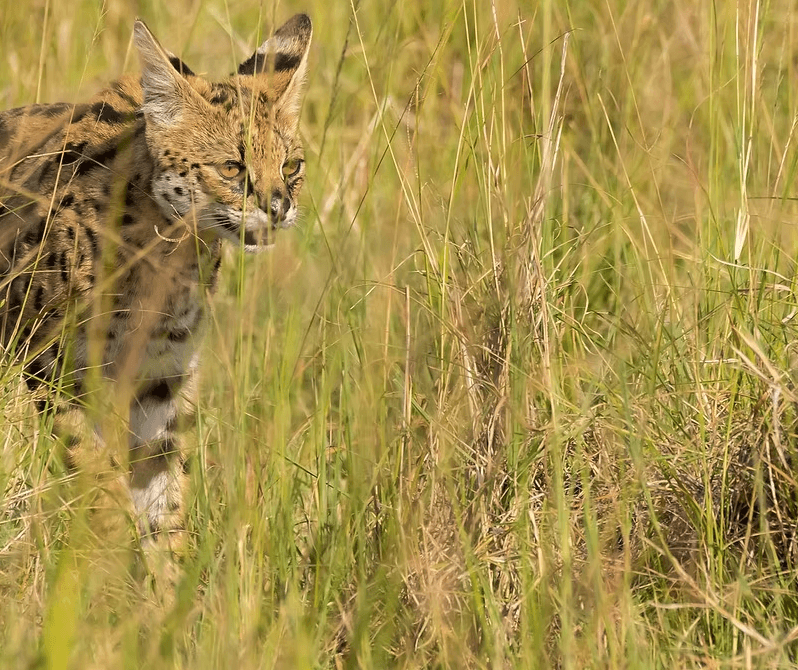Golden monkey Trekking in Uganda & Rwanda
Golden Monkey Trekking in Uganda and Rwanda: A Hidden Primate Treasure
While gorilla trekking often steals the spotlight in East Africa, golden monkey trekking in Uganda and Rwanda offers an equally captivating—yet often overlooked—primate encounter. With their vibrant coats, energetic behaviour, and charming expressions, golden monkeys provide an adventure that is fast-paced, affordable, and rich in both nature and culture.
This post explores everything you need to know about golden monkey trekking, including what makes it unique, where to do it, and why it’s the perfect complement to your gorilla safari.
Meet the Golden Monkey: Fast, Playful, and Camera-Loving Primates
An Energetic Wildlife Encounter
Golden monkeys are anything but shy. Unlike gorillas, which are calm and deliberate in their movements, golden monkeys are quick, social, and incredibly playful. They bounce between bamboo stalks, sneak close to curious visitors, and often put on a show with their agility.
Ideal for Photography Enthusiasts
Thanks to their lively behaviour, golden monkeys are fantastic photography subjects. They often approach trekkers, peek through branches, and linger long enough to be captured on camera—especially with telephoto or zoom lenses.
Visually Striking: Golden-Coated Fur and Bright Facial Markings
A Rarely Seen Primate Beauty
Golden monkeys are among the most beautiful primates in East Africa. Their shimmering golden-orange fur, blue-grey limbs, and distinct facial patterns make them look like characters straight from a storybook.
Unique to the Albertine Rift
These monkeys are endemic to the Albertine Rift, a biodiversity hotspot that includes parts of Uganda and Rwanda. Their striking appearance and limited range make them one of Africa’s most unique wildlife species.
Where to Find Them: Exclusive Habitat in Bamboo Forests
Mgahinga Gorilla National Park – Uganda
Tucked in southwestern Uganda, Mgahinga Gorilla National Park lies within the Virunga Mountains. Its high-altitude bamboo forests are the only place in Uganda to see golden monkeys in the wild. Trekking is relatively easy here, with scenic views of Mount Gahinga and Muhabura.
Volcanoes National Park – Rwanda
In Rwanda, golden monkeys are found in Volcanoes National Park, the same park famous for gorilla trekking. The bamboo zones here are lush, cool, and teeming with activity—perfect for tracking these golden-coated primates.
Note: These two locations offer exclusive access—you can’t find golden monkeys outside the Virunga ranges.
A Budget-Friendly Adventure: Affordable Permits and Lower Footfall
Accessible to More Travellers
Golden monkey trekking is far more affordable than gorilla trekking:
-
Uganda: Around $60 per permit
-
Rwanda: Roughly $100 per permit
This makes it a great add-on for travellers who may find gorilla permits too expensive or want a second day of trekking without breaking the bank.
Fewer Crowds, More Freedom
Golden monkey treks are less crowded, offering a more relaxed experience. You won’t face the same intense competition for permits or overcrowded trails often seen in gorilla trekking.
Social Animals: Large Groups Mean More Interaction
Up to 80 Individuals Per Troop
Golden monkeys live in large, active troops—sometimes with 50 to 80 members. This means you’re guaranteed action. Unlike gorillas, which live in smaller families, golden monkeys provide a visually busy and interactive trekking experience.
Constant Movement, Constant Action
They forage, groom, leap, and play—all at once. The energy of the group is contagious and often leaves trekkers laughing, snapping photos, or simply sitting in awe.
Less Regulation, More Time Flexibility
Looser Rules = Longer Observation
While gorilla trekking comes with a strict one-hour time limit, golden monkey trekking is more flexible. Although you’re encouraged to spend about an hour, rangers often allow extra time based on troop behaviour and location.
Great for Families and Seniors
The shorter treks, lower altitudes, and lighter regulations make golden monkey trekking ideal for:
-
Older travellers
-
Families with older children
-
Photographers who want more freedom
Bonus: You often trek from the same lodges used for gorilla safaris, saving time and logistics.
Cultural Encounters Alongside Wildlife Adventures
Visit the Batwa in Mgahinga
Golden monkey trekking in Uganda pairs well with a visit to the Batwa pygmies, the indigenous forest people of Mgahinga. Their cultural trail offers insight into forest survival, storytelling, and ancient rituals.
Explore Iby’iwacu Cultural Village in Rwanda
After your trek in Volcanoes National Park, head to the nearby Iby’iwacu Cultural Village. Here, you can try traditional drumming, spear-throwing, and even a mock king’s coronation—all in one afternoon.
The Hidden Gem of East African Safaris
Underrated and Undiscovered
Golden monkey trekking is often overshadowed by gorilla tourism. But for those who know, it’s a hidden gem—a thrilling, budget-friendly, and visually rewarding primate experience.
“Everyone talks about gorillas, but few realise the forest holds another treasure—faster, funnier, and golden.”
Perfect Add-On to Gorilla Treks
For travellers already planning a gorilla trek, adding golden monkey trekking makes sense:
-
Same national parks
-
Same accommodation bases
-
Shorter trekking duration
-
Unique contrast in primate behaviour
Planning Your Golden Monkey Trekking Experience
When to Go
-
Best months: June to September and December to February (dry season)
-
Permits: Book in advance, but availability is generally better than for gorillas
What to Pack
-
Lightweight hiking boots
-
Long trousers and long-sleeved shirts
-
Rain gear (it’s a rainforest!)
-
Camera with zoom lens
-
Insect repellent and a water bottle
Fitness Level
You don’t need to be super fit—most golden monkey treks are moderate to easy and can be completed within 1–3 hours.
Add a Dash of Gold to Your Safari
Golden monkey trekking in Uganda and Rwanda offers an entirely different pace and perspective from gorilla trekking. With lower costs, fewer restrictions, and livelier primates, it’s a fun, accessible, and photogenic adventure that deserves its own spotlight.
Whether you’re a seasoned wildlife traveller or a first-time safari-goer, golden monkey trekking adds a touch of surprise, playfulness, and colour to your East African journey. Don’t miss the chance to meet these golden treasures of the forest.





